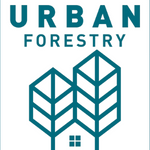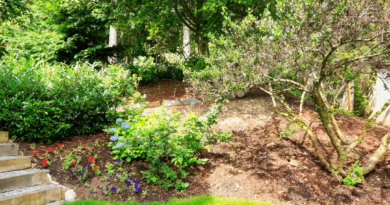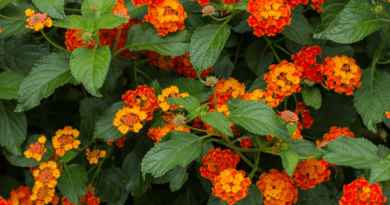Exploring the Traditional Uses of Kenyan Indigenous Trees in Indigenous Communities
Kenyan indigenous trees have played a vital role in the lives of indigenous communities for centuries. These trees have been used for a variety of purposes, including food, medicine, construction, and spiritual practices. In this chapter, we will explore the traditional uses of some of the most significant Kenyan indigenous trees and the importance they hold in the lives of indigenous communities.
One of the most important Kenyan indigenous trees is the mvule tree (Milicia excelsa). The mvule tree is a large hardwood species that is commonly found in the western region of Kenya. The tree is known for its strong and durable wood, which is used to construct homes, furniture, and other household items. The tree’s leaves are also used as a traditional medicine to treat various ailments such as fever, diarrhea, and dysentery.
Another important indigenous tree is the mukau tree (Cordia africana). The mukau tree is a medium-sized tree that is found in the central and eastern regions of Kenya. The tree’s fruit is a popular food source for many indigenous communities and is also used to make traditional medicine. The bark of the mukau tree is used to make rope and the wood is used for construction and fuel.
The mninga tree (Pterocarpus angolensis) is another significant Kenyan indigenous tree. The tree is known for its medicinal properties and is used to treat a variety of illnesses such as respiratory infections, wounds, and fever. The tree’s bark is also used to make traditional medicine for skin conditions such as eczema and psoriasis.
In addition to their practical uses, Kenyan indigenous trees also hold spiritual significance for many indigenous communities. The muhuhu tree (Brachylaena huillensis), for example, is considered sacred by the Kikuyu people and is believed to be home to spirits. The tree is also used in traditional ceremonies and rituals.
In conclusion, Kenyan indigenous trees play a vital role in the lives of indigenous communities. They provide food, medicine, construction materials, and have spiritual significance. Further research is needed to fully understand the traditional uses of these trees and to ensure their sustainable use for future generations.
References:
- “Milicia excelsa” (mvule tree). The Plant List.
- “Cordia africana” (mukau tree). The Plant List.
- “Pterocarpus angolensis” (mninga tree). The Plant List.
- “Brachylaena huillensis” (muhuhu tree). The Plant List.
- “Traditional use of Kenyan indigenous trees: a review” by J. M. Kinyanjui and J. K. Gichuki, Journal of Ethnobiology and Ethnomedicine (2008).
- “Indigenous knowledge of medicinal plants among the Kikuyu of Central Kenya” by M. G. Gathura, Journal of Ethnopharmacology (2006).




